This
post was originally published on
this siteOriginally Posted At: https://breakingmuscle.com/feed/rss
Weightlifters often explore various dietary strategies to shed fat and achieve a leaner look. While there’s no magic bullet for weight loss, a high-protein diet combined with other healthy lifestyle habits could help you lose weight and reveal lean muscle mass. Using a highly-rated protein powder for weight loss is a convenient and effective way to increase protein intake without a significant amount of carbs and fat, so you can preserve muscle without the extra calories.
The options can be overwhelming when choosing a protein powder to help you achieve the physique you desire. It’s essential to find a product that delivers on its promises and meets your specific needs. In this review, we share the best protein powders for weight loss and provide an in-depth look into their formulation, taste, and price so you can make an informed decision that supports your weight loss goals.
Medical disclaimer: This article is intended for educational and informational purposes only. It is not intended as a substitute for medical advice. For health advice, contact a licensed healthcare provider.
Our Top Picks for the Best Protein Powders for Weight Loss
Best Protein Powder for Weight Loss and Muscle Gain: Transparent Labs Whey Protein Isolate
Transparent Labs Grass-Fed Whey Protein Isolate
- Protein type: Whey protein isolate
- Number of servings: 30
- Cost: $2.00 per serving
- Calories per serving: 120 to 150
- Protein per serving: 28 grams
- Flavors: Chocolate Peanut Butter, Cinnamon French Toast, French Vanilla, Milk Chocolate, Mocha, Oatmeal Chocolate Chip Cookie, Strawberry, Unflavored, Vanilla Peanut Butter
- Third-party tested: Yes, by independent labs
Check Price
Pros
- Boasts 28 grams of high-quality whey protein isolate per serving
- All natural ingredients
- Only one gram of carbs, no added sugar, and no fat
- Third-party tested
- 11 flavors that customers love
Cons
- The price per serving is a little on the higher side
Transparent Labs values offering transparency in its supplement formulations so consumers feel assured in consuming its products. Its whey protein isolate focuses on simple ingredients free from artificial additives, fillers, and harmful substances. Ingredients include whey protein isolate, natural flavors, sodium chloride, and stevia — that’s it!
This protein powder boasts an impressive 28 grams of protein per one-scoop serving. Making whey protein isolate requires additional filtration to remove more fats and carbohydrates than whey protein concentrate. This results in a higher protein product containing at least 90% protein. (1) The protein content makes it a superior choice for weightlifters looking to increase their protein intake when dieting while supporting muscle recovery and growth.
When it comes to weight loss and protein powder, macronutrient ratios matter. Ideally, you want to find a product with the least amount of carbs and fat to help keep calories low. Impressively, this product includes only one gram of carbs, no added sugars, and no fat, making it suitable for those wanting to lose weight.
Transparent Labs Whey Protein Isolate is available in 11 flavors, including Milk Chocolate, Mocha, and Cinnamon Toast Crunch. Customer reviews regarding taste on the Transparent Labs website are resoundingly positive. One customer says, “Great taste, mixes easily, and has no clumps or grit.” Another writes, “Great taste with no artificial sweeteners. Easy to mix and drink.”
All Transparent Labs supplements are third-party tested, which is a significant selling point for competitive athletes who prioritize knowing exactly what they put in their bodies. This builds trust among consumers seeking products free of potentially harmful contaminants.
The price per serving is slightly higher compared to some competitors. However, customers often find the quality and effectiveness of this protein powder to make it well worth the investment.
Transparent Labs Whey Protein Isolate stands out for its high protein content, simple ingredient profile, and great taste. It’s a reliable option for individuals seeking a protein powder to help them maintain muscle mass while losing body fat.
Best Chocolate Protein Powder for Weight Loss: XWERKS Grow
XWERKS Grow
Protein type: Whey protein isolate
Number of servings: 30
Cost: $1.97 per serving
Calories per serving: 110
Protein per serving: 23 to 25 grams
Flavors: Chocolate, Peanut Butter, Strawberry, Vanilla
Third-party tested: No
Check Price
Pros
- Offers 25 grams of high-quality whey protein isolate per serving
- Only zero to two grams of fat and carbs, depending on the flavor you choose
- Chocolate flavor adored by customers
Cons
- Not third-party tested
- More costly than some other options
XWERKS Grow stands out with its quality formulation and guarantee of superior performance. It is formulated with minimal ingredients and is free of artificial sweeteners and flavoring.
Each one-scoop serving provides 25 grams of protein and six grams of quality branched-chain amino acids (BCAAs), essential for muscle recovery and growth. Leucine, in particular, is a BCAA found in higher concentrations in whey protein and may play an important role in the activation of muscle protein synthesis. (2) Whey protein is rapidly absorbed, making it an ideal choice for post-workout recovery due to the quick availability of amino acids provided. (1)
Grow contains zero to two grams of fat and carbs per serving, depending on the flavor you purchase, making it suitable for anyone following the keto diet or trying to avoid excess calories that hinder weight loss.
XWERKS Grow comes in four flavors: Chocolate, Vanilla, Peanut Butter, and Strawberry. Customer reviews left on the XWERKS website rave about this product’s chocolate flavor in particular. One customer who purchased the chocolate flavor says, “I love this protein. Tastes great and mixes well. I don’t feel bloated or any uneasiness.” Another chocolate lover shares, “Chocolate ‘Grow’ is my absolute favorite protein powder. Not gritty or fake tasting.”
XWERKS Grow Protein Powder does not undergo third-party testing for quality and purity. This could be a deal breaker for consumers who prioritize knowing exactly what they consume.
The product is relatively more costly per serving compared to other protein powders. However, some customers find it worth the extra spending for its quality ingredients, taste, and effectiveness.
Overall, XWERKS Grow Protein Powder’s grass-fed whey protein isolate, ideal macronutrient ratios, and great chocolaty taste makes it a solid option for individuals seeking an effective protein powder for weight loss.
Best Tasting Protein Powder for Weight Loss: Jacked Factory Authentic ISO
Jacked Factory Authentic ISO
- Protein type: Whey isolate
- Number of servings: 30
- Cost per serving: $1.20 to $1.33
- Calories per serving: 110 to 130
- Protein per serving: 25 grams, depending on the flavor
- Flavors: Cookies & Cream, Unflavored (if you buy from Amazon)
- Third-party tested: No
Check Price
Pros
- Offers 24 grams of high-quality whey protein isolate and whey protein caseinate
- Flavors that customers love
- Affordable price per serving
Cons
- Not third-party tested
- Made with artificial sweeteners and flavors
Jacked Factory Authentic Whey Protein is a premium protein powder supplement that combines the benefits of two different types of whey protein for a highly effective source of amino acids. It is easily digested and absorbed quickly to maximize muscle protein synthesis.
This protein powder is available in four appetizing flavors: Vanilla, Salted-Chocolate Caramel, Chocolate, and Fruity Cereal Splash. These flavors appeal to the masses and are sweetened with sucralose and stevia. A customer review on the Jacked Factory website says, “Tastes great, mixes great, no clumping, absolutely love this protein powder.” A verified customer writes, “Best protein I have had in a long time, no chalky flavor. Chocolate mixed with frozen banana and strawberry is my go-to.”
Each one-scoop serving provides 24 grams of protein, making it a great source of protein post-workout, between meals, or before bed to optimize muscle building and recovery.
This product includes whey protein isolate and whey protein concentrate, both of which are considered high-quality. Whey protein concentrate requires less processing than whey protein isolate and contains slightly more lactose and fat. (1) However, Jacked Factory Authentic Whey includes only two grams of fat, one gram of saturated fat, and one gram of carbohydrates. With minimal calories from fat and carbs, this is a good product for preserving muscle mass while leaning out.
Jacked Factory Authentic ISO is not third-party tested, which could be a letdown for competitive athletes required to undergo testing for banned substances to participate in their sport.
The product’s pricing is affordable compared to many of its competitors. With customer-approved taste, quality protein, and affordability, Jacked Factory Authentic Whey Protein could be a solid choice for weightlifters attempting to lose body fat.
Best Vegan Protein Powder for Weight Loss: Orgain Organic Plant-Based Protein Powder
Orgain Organic Plant-Based Protein Powder
- Protein type: Pea protein, brown rice protein, chia seed protein
- Number of servings: 10 to 20
- Cost: $1.23 to $1.69 per serving
- Calories per serving: 140 to 190
- Protein per serving: 21 grams
- Flavors: Chocolate Coconut, Chocolate Caramel Sea Salt, Chocolate Peanut Butter, Cookies ‘n Cream, Creamy Chocolate Fudge, Iced Coffee, Natural Unsweetened, Peanut Butter, Strawberries & Cream, Vanilla Bean
- Third-party tested: No
Check Price
Pros
- Complete plant-based amino acid profile
- 10 flavors to choose from
- Affordable price per serving
- Certified USDA Organic
Cons
- Not third-party tested
- Higher in carbs and fat than other options
- Not as many servings per container compared to others with 30+ servings
Orgain Organic Plant-Based Protein Powder is a popular choice for those seeking a superior, great-tasting vegan protein supplement. As the name suggests, it’s made with certified organic ingredients. It’s also free of artificial flavors and sweeteners.
This plant-based protein powder is made with a blend of protein sources, including peas, brown rice, and chia seeds. On their own, these sources are not complete proteins because they lack one or more essential amino acids. But when blended together, they provide consumers with all the essential amino acids needed for optimal muscle building, recovery, and enhanced strength. Each two-scoop serving provides 21 grams of plant-based protein.
Plant-based protein powders sometimes have more carbs than many products made with protein derived from cow’s milk (whey and casein). Orgain Organic Plant-Based Protein Powder includes 15 grams of carbs and four grams of fat, which slightly bumps up the calories per serving compared to other options.
As someone who has used this supplement, I can attest to its great taste. I personally love the Creamy Chocolate Fudge flavor. It’s rich without being too sweet. I add it to my oatmeal for breakfast, and it mixes well, without clumps. But don’t take it from just me — a customer who ordered the Peanut Butter flavor left a review on the Orgain website that says “Love the taste! Blends easily. No chalky aftertaste.”
Orgain performs in-house testing to ensure products conform to rigid specifications for quality and consistency. The company also analyzes its products for arsenic, cadmium, mercury, and lead. These heavy metals occur naturally in plant soil and can be absorbed through plant roots into their fibers. Orgain puts customers’ minds at ease by ensuring its plant-based products do not contain harmful amounts of these metals.
The Orgain Organic Plant-Based Protein Powder is more affordable than several other options that cost more than two dollars per serving. Overall, it’s a good vegan-friendly option for athletes looking for a great-tasting plant-based protein powder without added sugar or too much saturated fat that can contribute to weight gain.
Best Plant-Based Powder for Weight Loss: Myprotein Pea Protein
Myprotein Pea Protein Isolate
- Protein type: Pea protein
- Number of servings: 40
- Cost per serving: $0.87
- Calories per serving: 100
- Protein per serving: 21 grams
- Flavors: Banana Bread, Chocolate Stevia, Mocha, Tiramisu, Unflavored, Vanilla Stevia
- Third-party tested: Yes
Check Price
Pros
- Less than one gram of carbs and only two grams of fat
- Most affordable option on our list
- Contains a whopping 40 servings per package
Cons
- Less protein per serving compared to many whey and casein protein powders
- Not third-party tested
Myprotein Pea Protein is a plant-based supplement that caters to vegetarian and vegan athletes seeking an effective protein powder. It’s made with no added sugar and contains only 100 calories per one-scoop serving, which may appeal to those trying to lose weight while maintaining their strength.
The protein is derived from yellow peas, making it a suitable option for anyone with dairy or gluten sensitivities. Pea protein is one of the very few plant-based protein sources that include all of the essential amino acids. Each serving of Myprotein Pea Protein Powder typically provides around 21 grams of protein, a reasonable amount for a plant-based protein powder.
The macronutrient ratio in this product is ideal for weight loss. With only 0.5 grams of carbs and two grams of fat, you’re hardly getting any extra calories from nutrients other than protein.
While some dislike the taste of pea protein, this supplement is available in six unique flavors that customers approve of. One customer left a review on the Myprotein website that says, “Best protein powder I have ever tasted and mixes well with water and milk.” Another customer writes, “I was pleased with the vegan vanilla pea protein and would definitely purchase again! It mixes super well with yogurt, oatmeal, or in a smoothie.”
Myprotein Pea Protein is not third-party tested, but the company claims its in-house testing guarantees 100% purity. Even so, the lack of third-party testing could be a drawback for athletes who value transparency and knowing exactly what they are consuming.
This product is very affordable at less than a dollar per serving and comes with a whopping 40 servings per package. Myprotein Pea Protein is a reliable and affordable plant-based supplement with great macro ratios for weight loss.
Best Meal Replacement Protein Powder for Weight Loss: Kaged Clean Meal
Kaged Clean Meal Protein Shake
- Number of servings: 13 to 20, depending on how many scoops you take
- Cost per serving: $1.95 to $3.88
- Calories per serving: 240 to 360
- Protein per serving: 28 to 42 grams
- Flavors: Chocolate Peanut Butter, Snickerdoodle, Vanilla Cake
- Third-party tested: Informed Sport
Check Price
Pros
- Offers 28 grams of high-quality whey protein isolate
- Complex carbs for lasting energy
- Third-party tested
Cons
- More expensive cost per serving
- Only 20 servings per container compared to others with 30+ servings
Kaged Clean Meal is a meal replacement that contains everything you need to power through your workouts and hit your macros. While it’s important to eat a diet consisting of whole foods for a variety of nutrients, a meal replacement can come in handy when traveling or short on time.
Because this is a meal replacement, not just a protein powder, Clean Meal offers a more balanced macronutrient profile with 4.5 grams of fat, 18 grams of carbs, and 28 grams of protein per two-scoop serving. Whey protein isolate, the main protein source in the product, is known for increased amino acid absorption. (1)
Whole grain ingredients, quinoa, and Swedish oats provide your body with complex carbs that will help you feel fuller for longer and provide sustained energy. Unlike other supplements that use ultra-processed maltodextrin as their carb source, Kaged prioritizes using high-quality ingredients.
When using meal replacements, it’s important they contain micronutrients that you would usually consume through whole foods. Kaged Clean Meal contains 21 vitamins and minerals from nine fruits and vegetables to enhance its nutritional value and aid in weight loss. The product is rich in B vitamins like thiamin, riboflavin, and niacin, which help your body metabolize macronutrients. If you’re low in B vitamins, your metabolism wouldn’t function at its best and could make weight loss harder.
Customers on the Kaged website often leave reviews about the product’s satisfying taste. One customer says, “Taste is great. Texture is smooth. Perfectly filling. And mixes perfectly with only water.” Another writes, “Clean Meal tastes great and provides an excellent meal replacement option. Mixes great and leaves me feeling full.”
Kaged Clean Muscle is third-party tested to verify it’s free of banned substances. This assures customers that Kaged is conscious of delivering a safe supplement.
At over $2.00 per serving, this product does come with a higher price tag compared to other protein powder options. However, you get a more balanced combination of macronutrients.
With its high-quality protein, complex carbs, and added vitamins and minerals, Clean Meal offers a convenient and nutritious option for weightlifters seeking a meal replacement solution to complement their weight loss plan.
Best Protein Powder for Weight Loss for Women: Bulletproof Collagen Peptides
Bulletproof Collagen Peptides
- Collagen source: Bovine
- Form: Hydrolyzed powder
- Number of servings: 12 to 60
- Cost per serving: Starts at $1.28
- Amount of collagen per serving: 20 grams
- Protein per serving: 18 to 19 grams, depending on the flavor
- Flavors: Chocolate, Unflavored, Vanilla
- Third-party tested: Tested for the presence of heavy metals and other toxins
Check Price
Pros
- Packed with 18 grams of collagen peptides for improved bone, joint, and skin health
- Only 70 calories per serving
- Can be mixed in any liquid or added to your favorite recipes
Cons
- Not many flavors to choose from
- Not third-party tested
- Collagen protein isn’t as effective as whey protein for muscle growth
Bulletproof Collagen Peptides aim to improve health from the inside out. Collagen is the most abundant protein in the body. As we age, our natural collagen production declines, making it harder for us to maintain skin elasticity and bone strength.
Women are more prone to bone loss and osteoporosis than men, especially after menopause. However, recent research shows that long-term supplementation of collagen could significantly help increase bone mineral density in postmenopausal women. (3) Ultimately, supplementing with the best collagen peptides may help strengthen bones, joints, and skin.
Each two-scoop serving includes 18 grams of collagen, a substantial amount for collagen powder. This product is made with type I and type III collagen. Type I collagen makes up 90 percent of the body’s collagen and is abundant in the skin, bones, organs, and tendons. (4) Type III collagen is found in bones, connective tissues, and skin. (5)
The collagen peptides are derived from grass-fed, pasture-raised cows without added hormones. The sourcing process supports sustainability by using parts of the cow that would otherwise go to waste.
By incorporating Bulletproof Collagen Peptides into your routine, you can provide your body with the amino acids it needs, like glycine, to maintain and repair connective tissues in your joints and skin.
As far as taste goes, customers tend to sway towards the unflavored option, as they can mix it in almost any beverage. One customer review on the Bulletproof website says, “I put a scoop of Bulletproof Collagen in my coffee every morning. It dissolves completely and has a very mild taste which actually improves my daily cup of joe.” Another customer writes, “An outstanding collagen protein. Unflavored merely adds body to coffee, smoothies, anything.” You can even add it to baked goods!
The Bulletproof collagen protein supplement prioritizes high-quality collagen sourcing and offers a convenient way to support joint health, skin elasticity, and overall health. With only 70 calories per serving, it could easily fit into your weight loss plan.
Best Whey Protein Powder for Weight Loss: Legion Whey+
Legion Whey+
- Protein type: Whey isolate
- Number of servings: 30 to 78
- Cost per serving: $1.54 to $2.00
- Calories per serving: 100 to 130
- Protein per serving: 21 to 24 grams
- Flavors: Apple Pie, Banana Bread, Cinnamon Cereal, Dutch Chocolate, Birthday Cake, Chocolate Peanut Butter, Cocoa Cereal, Cookies & Cream, French Vanilla, Fruity Cereal, Honey Cereal, Mocha Cappucino, Pumpkin Pie, Salted Caramel, Strawberry Banana, Unflavored
- Third-party tested: Labdoor
Check Price
Pros
- Packed with 22 grams of high-quality whey protein isolate
- Only 100 calories per serving
- Includes 30 servings per container
- Third-party tested
Cons
- On the more expensive side
- Includes one gram of maltodextrin, a highly processed source of carbs
Legion Whey+ is made with the highest quality whey protein to deliver a product with minimal carbs, calories, and fat. Made with zero artificial sweeteners and flavors, this gluten-free, non-GMO product prioritizes natural and effective ingredients.
Legion Whey+ is made with whey protein isolate from grass-fed, antibiotic, and hormone-free cows living on small dairy farms in Ireland. This brand is proud of its dedication to providing customers with only the highest quality protein rich in all nine essential amino acids.
Whey protein isolate is a form of whey protein that undergoes processing to remove lactose and fat. It’s known as the gold standard for its superior protein concentration and rapid absorption. Each one-scoop serving provides 22 grams of protein to support your high-protein needs.
Furthermore, Legion Whey+ is fat-free and contains only three grams of carbs. One gram of the carb content is from highly processed maltodextrin, which provides a quick energy source. It is commonly used to sweeten supplements and can lead to a spike in blood sugar when consumed in high amounts. Nonetheless, this product is suitable for athletes looking to cut back on their overall carb and fat consumption to slash excess calories from their diet.
Customer reviews on the Legion Athletics website are overwhelmingly positive regarding the products’ taste and solubility. One verified buyer writes, “This protein powder is extremely smooth and works great for baking, smoothies, or just drinking mixed with water or milk!” A customer who includes it in her breakfast says, “I’ve tried the French vanilla and cinnamon cereal and they are both delicious! The cinnamon cereal is so good in overnight oats!”
Legion Athletics takes pride in its commitment to quality control. Whey+ is third-party tested to ensure purity and potency, which builds trust among consumers who seek a protein supplement free from banned substances and contaminants.
The price point of Legion Whey+ is higher compared to some other whey protein powders on the market selling for less than $2.00 per serving. Some customers believe the natural ingredients, taste, and effectiveness of this product make it well worth the cost.
With its whey protein isolate, high protein and low carb content, and great taste, Legion Whey+ caters to individuals seeking an effective protein supplement that supports their weight loss plan.
Best Vanilla Protein Powder for Weight Loss: Momentous Grass-Fed Whey
Momentous Grass-Fed Whey Protein
- Number of servings: 24
- Cost per serving: $2.70
- Calories per serving: 90 to 100
- Protein per serving: 20 to 23.27 grams
- Flavors: Chocolate, Unflavored, Vanilla
- Third-party tested: Informed Sport, NSF Certified for Sport
Check Price
Pros
- Includes digestive enzymes to support the digestion and absorption of protein
- Only 100 calories per serving
- Third-party tested
Cons
- Not many flavors to choose from
- Most expensive on our list
Formulated to support muscle growth and recovery, Momentous Grass-Fed Whey aims to provide athletes with a top-tier protein supplement. The company takes pride in the sourcing of its high-quality protein.
Momentous Grass-Fed Whey utilizes whey protein isolate derived from grass-fed cows, ensuring a concentrated protein source low in carbs and lactose. Its whey is cold- and micro-processed, which helps preserve the protein’s amino acid profile and produces extremely absorbable protein.
Each one-scoop serving of Momentous Grass-Fed Whey provides 20 grams of protein, which substantially supports muscle protein synthesis. The whey protein isolate is rapidly absorbed, allowing for quick delivery of amino acids to the muscles for enhanced recovery and muscle building. (1)
With only three grams of carbs, this protein powder won’t provide an excess of calories from other nutrients. Although fat is not included on the label, based on the calorie and protein content, it’s safe to say there’s no more than one gram of fat per serving.
Unlike many other protein powders, the Momentous Grass-Fed Whey formulation includes digestive enzymes. Digestive enzymes help to efficiently break down nutrients into substances, such as amino acids, which your body absorbs.
Momentous Grass-Fed Whey only comes in three flavor options: Vanilla, Chocolate, and Unflavored. Regarding taste, one customer left a review on the Live Momentous website that says, “Best tasting, best mixing whey protein powder I’ve tried!” Another says, “The flavors are very tasty and not too strong or sweet.”
This product is on the pricey side. However, it’s worth considering if you’re looking for a delicious vanilla-flavored protein powder made with high-quality whey protein isolate that’s easy on the stomach with minimal carbs and fat to support your weight loss goals.
Best Keto Protein Powder for Weight Loss: Naked Nutrition Egg White Protein Powder
Pros
- 25 grams of egg white protein provides a complete amino acid profile
- An impressive 44 servings per container
- Made with only two ingredients
Cons
- Only comes in the unflavored option
- Limited research on egg protein’s ability to promote muscle building
Naked Nutrition Egg White Protein Powder provides a dairy-free option for athletes who are lactose-intolerant. Made with only two ingredients — egg white protein and sunflower lecithin — Naked Egg focuses on simplicity and effectiveness. This premium protein powder is gluten-free, GMO-free, and soy-free.
By using only egg whites and sunflower lecithin (a natural emulsifier), Naked Nutrition’s protein powder is free from artificial additives, flavors, and sweeteners. This simplicity is appealing to health-conscious individuals who prefer products with minimal ingredients.
There is limited research on the effectiveness of egg protein’s ability to stimulate muscle protein synthesis. However, one recent study found that 20 grams of egg protein was sufficient for muscle protein synthesis. (6)
Each two-scoop serving of Naked Egg provides 25 grams of protein. Fresh eggs are processed into a powder in under 24 hours to preserve and retain a complete amino acid profile for optimal muscle building and recovery. Because eggs are lactose-free, they may be easier for some to digest than whey or casein protein powders.
With only two grams of carbs and no fat, this product is keto-friendly and could easily fit into a weight loss plan.
Naked Egg is unflavored and can be mixed into a smoothie, milk, or water. While some find the unflavored option extremely versatile, others may prefer a variety of flavor options. When it comes to taste and solubility, customer reviews on the Naked Nutrition website are generally positive. One customer writes, “I like that it is almost tasteless and adds a creamy texture to my smoothies.” Another says, “I like Naked Egg white protein, it’s clean, easy to mix, low carb, and low calories.”
Naked Nutrition tests this product for arsenic, cadmium, lead, and mercury and provides the test results on its website for the public. Customers may have more confidence in the brand and product knowing it’s been tested for heavy metals.
At well under $2.00 per serving, Naked Egg is more affordable than many other protein powder options. Naked Nutrition Egg White Protein Powder offers simple and minimal ingredients, a dairy-free protein option, and minimal carbs and fat to help you lean out while maintaining muscle mass.
Best Low-Carb Protein Powder for Weight Loss: Jacked Factory Authentic ISO
Jacked Factory Authentic ISO
- Protein type: Whey isolate
- Number of servings: 30
- Cost per serving: $1.20 to $1.33
- Calories per serving: 110 to 130
- Protein per serving: 25 grams, depending on the flavor
- Flavors: Cookies & Cream, Unflavored (if you buy from Amazon)
- Third-party tested: No
Check Price
Pros
- Offers 24 grams of high-quality whey protein isolate and whey protein concentrate
- Only one gram of carbs
- Flavors that customers love
- Affordable price per serving
Cons
- Not third-party tested
- Made with artificial sweeteners
Jacked Factory Authentic Whey Protein is keto-friendly and rich in high-quality protein. With only 120 calories, two grams of fat, and one gram of carbs per scoop, it’s suitable for individuals aiming to lean out.
Made with both whey protein isolate and whey protein concentrate, this protein powder offers a comprehensive mixture of amino acids, making it highly effective for supporting muscle protein synthesis. Each serving contains 24 grams of protein, which is great for a post-workout shake, considering 20-40 grams of protein every three to four hours is recommended to maximize muscle protein synthesis. (6)
The Authentic Whey Protein appeals to a wide range of taste preferences. The four available flavors are sweetened with stevia extract and sucralose, an artificial sweetener generally considered safe in moderate amounts. (8)
A verified customer on the Jacked Factory website writes, “Fruity cereal taste is on point and a good product to use after a hard lift.” Another customer writes, “This is by far the best tasting protein ever!! Salted caramel chocolate is just insane!”
It’s important to note that the product is not third-party tested for banned substances, which could be a potential concern for competitive athletes who undergo drug testing.
The lower cost per serving of Jacked Factory Authentic Whey Protein compared to competitors adds to its appeal, making it an accessible option for weightlifters seeking a more budget-friendly protein powder.
Jacked Factory Authentic Whey Protein may be a good choice for athletes aiming to preserve muscle mass and lose weight. With its complete amino acid profile, delicious taste, and affordability, it offers many benefits for those seeking a protein supplement to complement their weight loss journey.
How We Chose the Best Protein Powder for Weight Loss
Several factors went into the creation of our list of the best protein powders for weight loss. We considered supplements with lower calorie, fat, and sugar content. We focused only on products with superior protein sources shown to be the most effective when it comes to muscle building and repair. In addition to looking for the ideal macro balance, we prioritized products with natural ingredients and without artificial sweeteners and colors.
Because we understand that everyone has different budgets, we made sure to include protein powders with various price points. Lastly, we included several options that are third-party tested since we know how important this is to many consumers.
How Does Protein Powder Help With Weight Loss?
Is protein powder effective for weight loss? It can certainly help, but only if combined with healthy lifestyle habits like a nutritious diet, resistance training, and quality sleep. The benefits of protein powder for weight loss include improved satiety, an increased thermic effect of food (TEF), and increased lean mass.
Consuming plenty of protein with meals and snacks, whether it’s from food or protein powder, may help you feel fuller for longer. When you truly feel satisfied after a meal, you’re less likely to reach for those sweet or salty munchies that add excessive calories to your day. Not only that, but protein consumption increases the release of GLP-1, a hormone that signals fullness to the brain. (9)
Interestingly, your body actually requires more energy (calories) to digest and metabolize protein than carbs or fat. Research shows that protein can increase TEF by up to 30 percent. Compare this to fat and carbs, which only increase TEF by 0 to 3 percent and 5 to 10 percent, respectively. (10)
Lastly, lifting weights requires more protein to retain and build muscle mass. Eating enough protein and supplementing with protein powder may help you maintain lean mass while losing weight. This is important because increasing your muscle mass boosts your metabolism. The more muscle you have and maintain, the more calories you burn throughout the day, even at rest.
How To Use Protein Powder for Weight Loss
Using protein powder to support your weight loss goals can be effective when strategically incorporated into your overall diet and fitness plan. Below are my recommendations for incorporating protein powder into your weight loss regimen.
- Determine your protein needs. The American College of Sports Medicine recommends that endurance athletes and weightlifters aim for 1.2 to 1.7 grams of protein per kilogram of body weight daily. (11) The majority of your protein intake should come from whole food sources like chicken, turkey, fish, and beans to ensure you’re getting a variety of vitamins and minerals. Use the protein powder primarily as a supplement to increase your protein intake, not as a meal replacement.
- Determine your calorie needs. When eating a high-protein diet, you will likely need to reduce your fat and carb intake to maintain a slight calorie deficit. Choose a protein powder low in these macros to avoid excess calorie consumption. You can use a calculator like Precision Nutrition’s macro calculator to estimate your calorie needs for weight loss.
- Replace high-calorie snacks. Consider consuming a protein drink in place of an energy-dense snack. Instead of reaching for chips or cookies, make a protein shake to feel fuller for longer. Be mindful of what you add to your protein drink to avoid making a high-calorie shake. For example, two tablespoons of peanut butter can add nearly 200 calories and 16 grams of fat to your shake.
- Boost your breakfast. Eat a protein-packed breakfast to reduce cravings and mindless snacking later. Use protein powder in a breakfast smoothie, or add it to your oatmeal.
- Don’t overdo it. Most athletes don’t need more than one to two servings of protein powder daily to meet their protein needs. Remember, it’s meant to supplement food. Too much protein could lead to weight gain from excess calories, not to mention your body excretes any surplus of amino acids that can’t be used for muscle protein synthesis, energy production, or maintenance of cellular structures.
It’s important to note that weight loss is a personal journey, and what works for one person might not work for another. Keep in mind that genetics, medical conditions, medications, and lifestyle habits all play a role in body weight. If you’ve made changes to your nutrition and exercise regimen but are still struggling to lose weight, or are gaining weight, reach out to a registered dietitian who specializes in sports nutrition for personalized guidance.
What To Look For When Buying a Protein Powder for Weight Loss
Finding the best protein powder for weight loss is no easy task with so many options to weed through. Here are some essential factors to consider when choosing a protein powder that aligns with your weight loss goals.
Price
Protein powders come with a wide range of prices per serving, so it’s important to consider your budget. The best protein powders on our list cost between $0.87 to $2.71 per serving, with most costing between $1.00 to $2.00.
Calories
Energy needs are different for everyone. Some athletes can eat more calories than others while still losing weight. If you are tracking calories to ensure you’re in a calorie deficit, be sure to include your protein powder in this calculation. Generally, a protein powder with less than 150 calories per serving is sufficient for most people. If you intend to use your protein powder in place of a meal, you will need a product with higher calories, typically in the 200 to 400 calorie range.
Macronutrient Breakdown
When attempting to lose weight, you may need to readjust your macro breakdown. Increasing your protein intake and reducing your fat and sugar intake, while staying in a slight calorie deficit, could help you shed a few pounds. Look for protein powders with 20-40 grams of protein per serving, as this is the recommended amount of protein for athletes to consume at each meal to maximize muscle protein synthesis. (6)
The goal of a protein powder is to increase protein intake without adding extra fat and carbs. Protein supplements that contain less than five percent of the daily value of fat and carbs are ideal. But these nutrients are still important, so be sure to eat whole foods that contain healthy fats and complex carbs with your regular meals.
Sugar is a type of carbohydrate sometimes added to protein powders to enhance their taste. Look for supplements with no added sugar to avoid unnecessary calorie intake and spiked blood sugar.
Ingredients
Many people like to avoid protein powders with unnecessary additives, artificial flavors, and sweeteners. If natural ingredients are important to you, look for products with minimal ingredient lists to ensure you know exactly what you’re getting without any extra fillers.
Final Thoughts
Protein powder can be a tool for athletes wanting to lean out and improve their body composition. Including a high-quality protein powder in your diet can help you meet your increased protein needs to retain and build muscle mass that helps you burn more calories throughout the day. Additionally, protein powder can help you feel fuller for longer, which can reduce overeating and make weight loss a little easier.
Look for a protein powder with a high-quality protein source that’s low in fat and carbs. Consider options with minimal ingredients to avoid unnecessary fillers and artificial ingredients. Whether you use it in a post-workout shake or add it to your morning oatmeal, protein powder can enhance your weight loss journey when combined with a well-balanced diet and regular exercise.
FAQs
Which protein powder is best for me to lose weight?
We recommend Transparent Labs Whey Protein Isolate for those who want a protein powder to support their weight loss goals. However, the best protein powder for weight loss is different for everyone and depends on your preferences, dietary restrictions, and fitness goals. Consider a protein powder with a high-quality protein source like whey or pea protein that’s also low in carbs, fat, and added sugar.
What is the best protein supplement for belly fat loss?
While protein powder can be used as a tool to help you lose weight, it cannot spot reduce fat in a specific area of the body. Instead, focus on changing your overall body composition by gaining lean muscle and losing fat. A protein powder with 20-40 grams of protein per serving, combined with heavy lifting, a balanced diet, and a slight calorie deficit may help you lose body fat.
What protein burns the most fat?
Protein itself does not burn body fat, but eating enough protein along with regular exercise and a nutritious diet may help you lose weight. Protein helps build muscle mass, which may boost your metabolism and help you burn more calories throughout the day. Protein also requires more calories than fat or carbs to digest and metabolize, giving you a short-term metabolic boost.
Can you lose belly fat while taking protein powder?
Yes, you can lose belly fat while taking protein powder as part of a comprehensive weight loss plan. Protein increases thermogenesis (burning calories to produce heat), builds muscle, and improves satiety, all of which can support weight loss. It’s impossible to spot reduce belly fat alone, but you may notice a change in your waist circumference from an overall reduction in body fat.
Should you use protein powder for weight loss?
Protein powder may be an effective tool to help you lose weight, but it’s not a requirement. Protein powder could help you reach your protein intake goals to gain lean mass and burn more calories for weight loss. However, you may also be able to achieve weight loss without protein powder by prioritizing whole-food protein sources, maintaining a slight calorie deficit, and exercising regularly.
Research
- Madureira AR, Pereira CL., Gomes AMP, Pintado ME, Xavier Malcata F. Bovine whey proteins – Overview on their main biological properties. Food Res Int. 2007;40(10):1197-1211. doi:10.1016/j.foodres.2007.07.005
- Tang JE, Moore DR, Kujbida GW, Tarnopolsky MA, Phillips SM. Ingestion of whey hydrolysate, casein, or soy protein isolate: effects on mixed muscle protein synthesis at rest and following resistance exercise in young men. J Appl Physiol(1985).
- Zdzieblik D, Oesser S, König D. Specific Bioactive Collagen Peptides in Osteopenia and Osteoporosis: Long-Term Observation in Postmenopausal Women. J Bone Metab. 2021;28(3):207-213. doi:10.11005/jbm.2021.28.3.207
- Naomi R, Ridzuan PM, Bahari H. Current Insights into Collagen Type I. Polymers (Basel). 2021;13(16):2642. Published 2021 Aug 9. doi:10.3390/polym13162642
- Kuivaniemi H, Tromp G. Type III collagen (COL3A1): Gene and protein structure, tissue distribution, and associated diseases. Gene. 2019;707:151-171. doi:10.1016/j.gene.2019.05.003
- Jäger R, Kerksick CM, Campbell BI, et al. International Society of Sports Nutrition Position Stand: protein and exercise. J Int Soc Sports Nutr. 2017;14:20. Published 2017 Jun 20. doi:10.1186/s12970-017-0177-8
- Puglisi MJ, Fernandez ML. The Health Benefits of Egg Protein. Nutrients. 2022;14(14):2904. Published 2022 Jul 15. doi:10.3390/nu14142904
- Magnuson BA, Roberts A, Nestmann ER. Critical review of the current literature on the safety of sucralose. Food Chem Toxicol. 2017;106(Pt A):324-355. doi:10.1016/j.fct.2017.05.047
- van der Klaauw AA, Keogh JM, Henning E, et al. High protein intake stimulates postprandial GLP1 and PYY release. Obesity (Silver Spring). 2013;21(8):1602-1607. doi:10.1002/oby.20154
- Ravn AM, Gregersen NT, Christensen R, et al. Thermic effect of a meal and appetite in adults: an individual participant data meta-analysis of meal-test trials. Food Nutr Res. 2013;57:10.3402/fnr.v57i0.19676. Published 2013 Dec 23. doi:10.3402/fnr.v57i0.19676
- American College of Sports Medicine. Protein Intake for Optimal Muscle Maintenance.
The post Best Protein Powders for Weight Loss, According to a Registered Dietitian appeared first on Breaking Muscle.

 IFBB PRO Drew Cullen (@most_shredded)
IFBB PRO Drew Cullen (@most_shredded)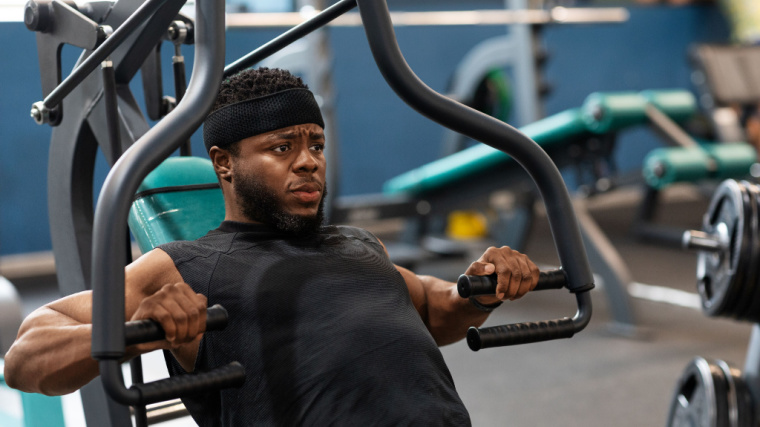


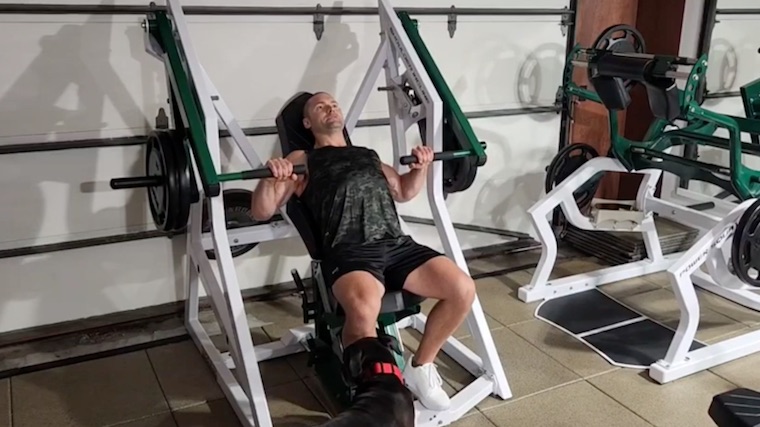
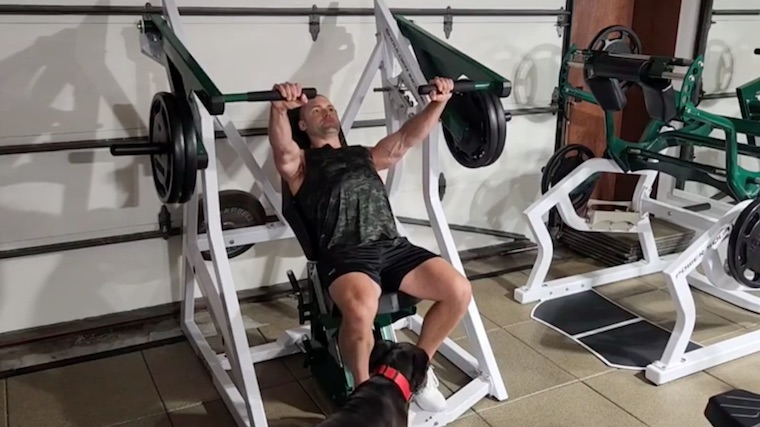
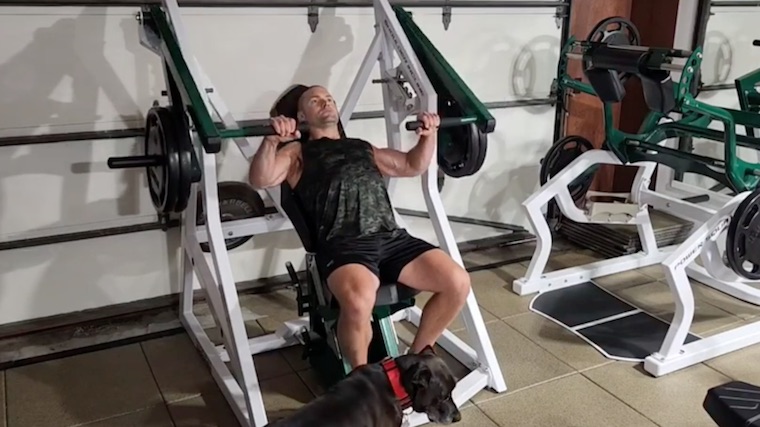
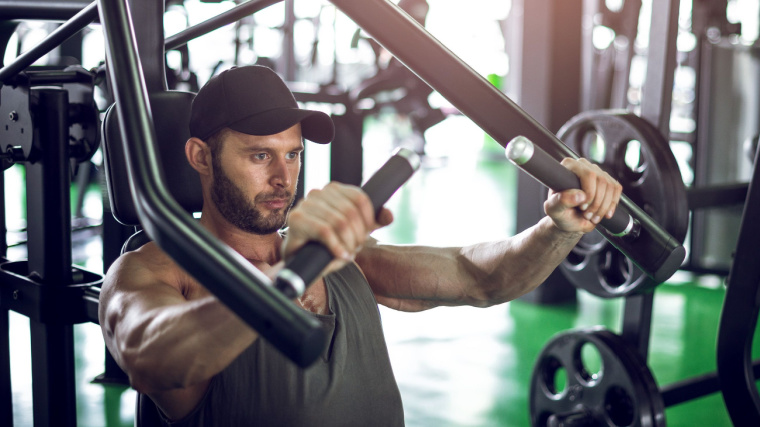
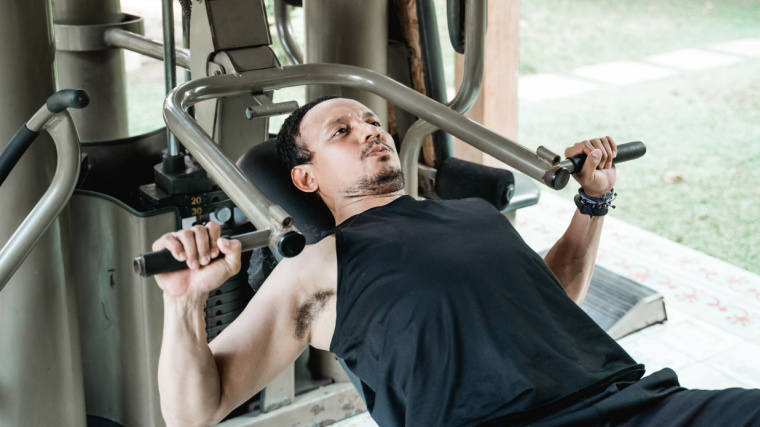

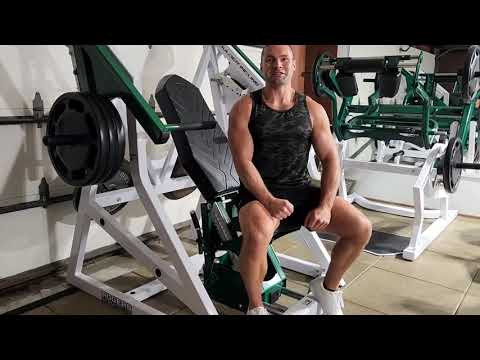
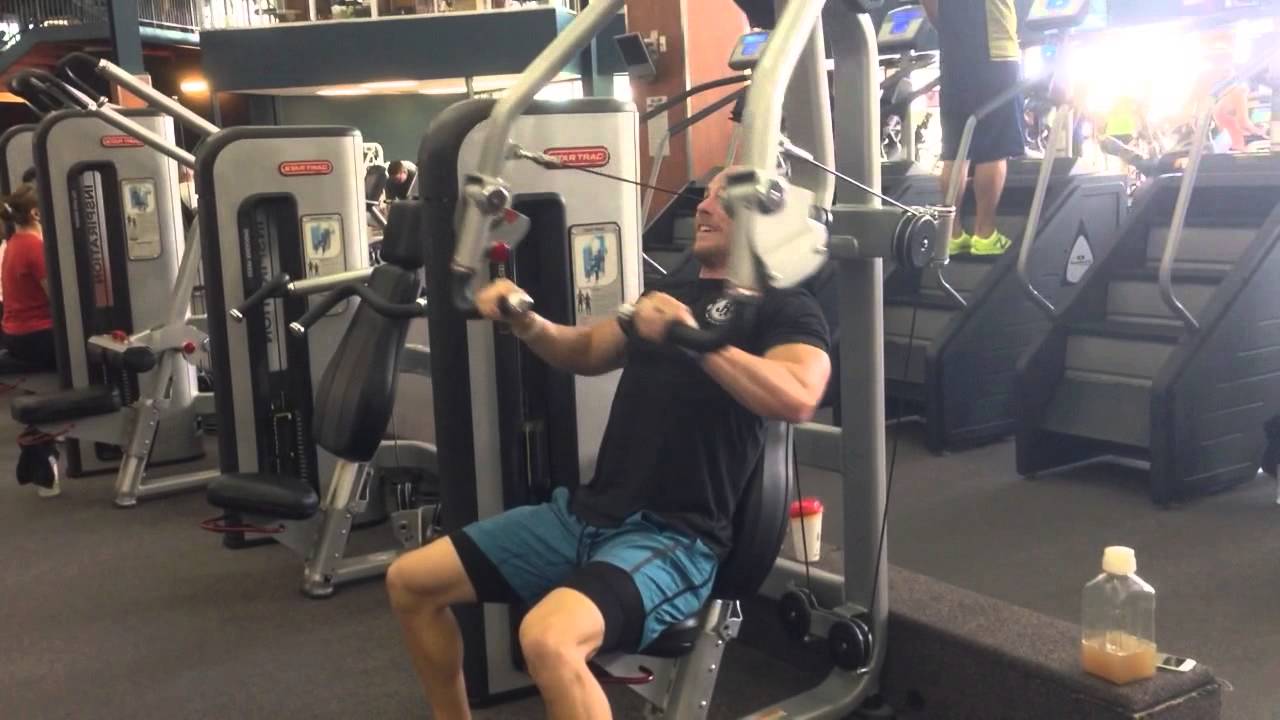
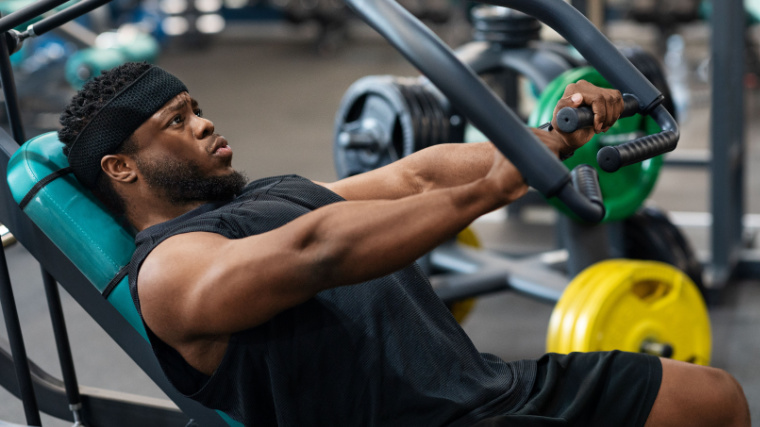
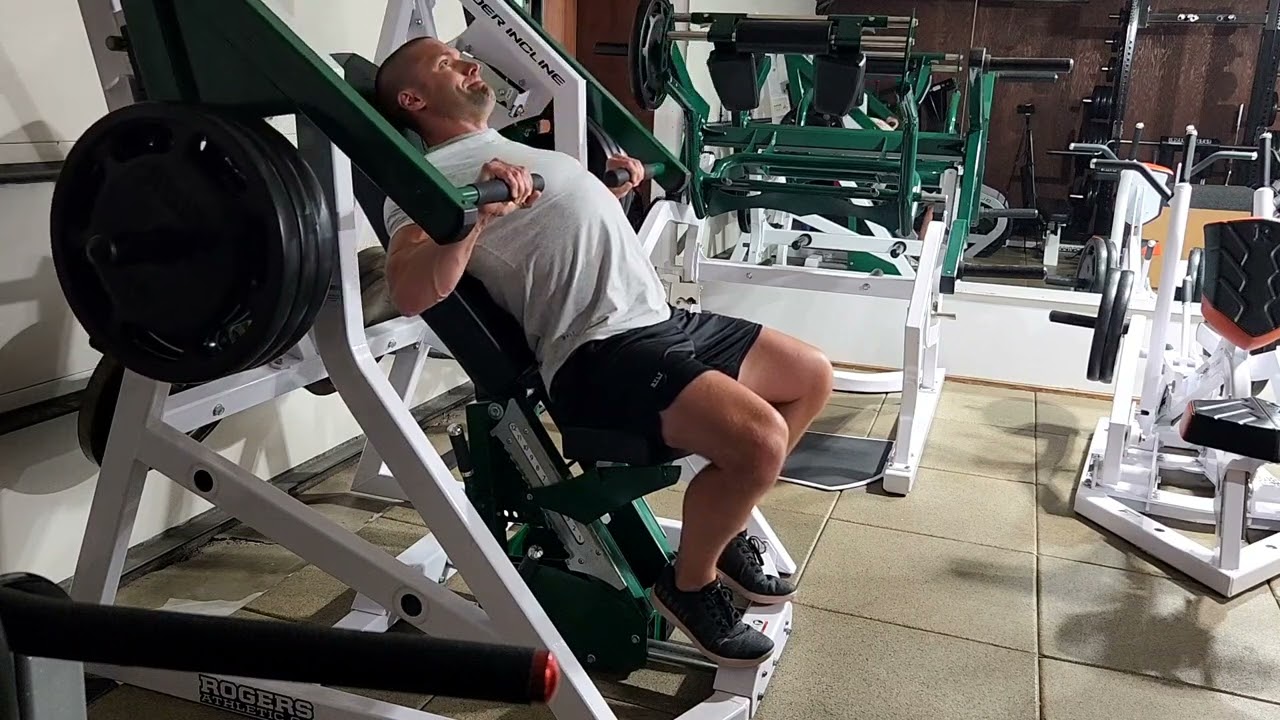
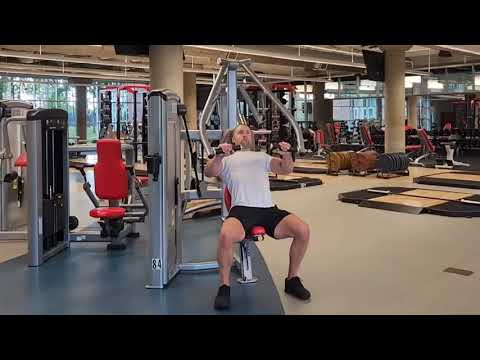
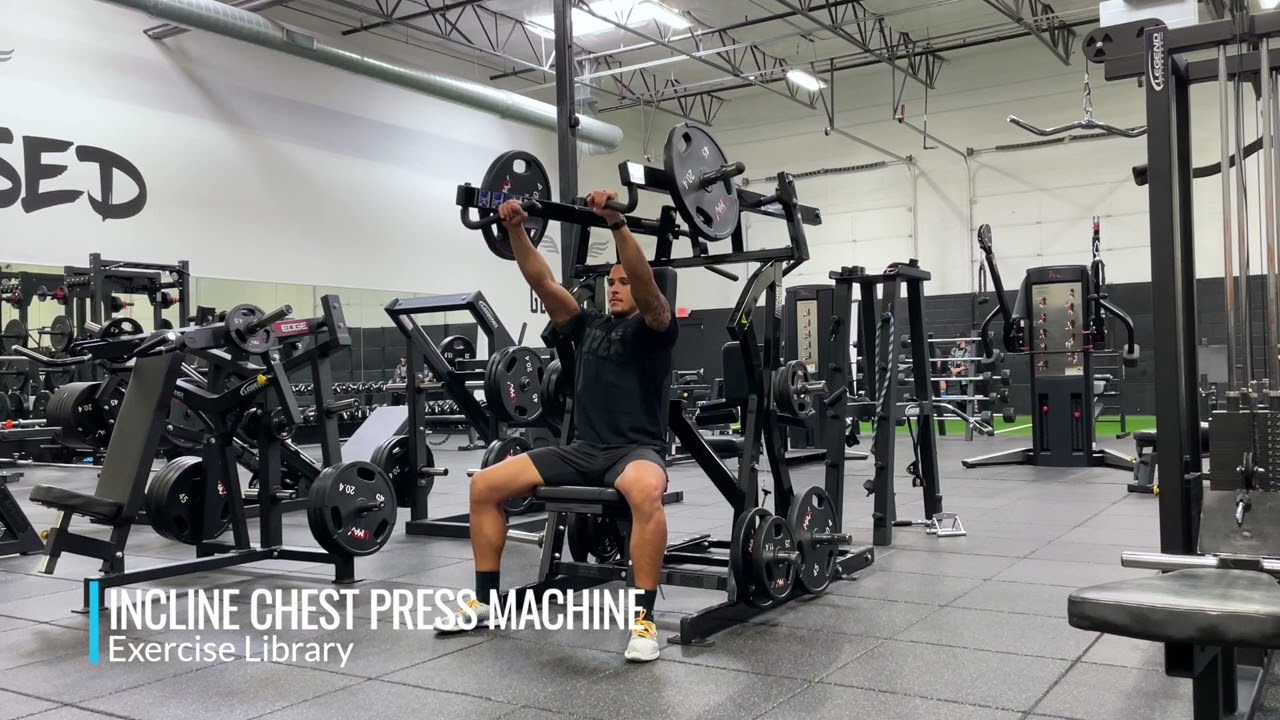
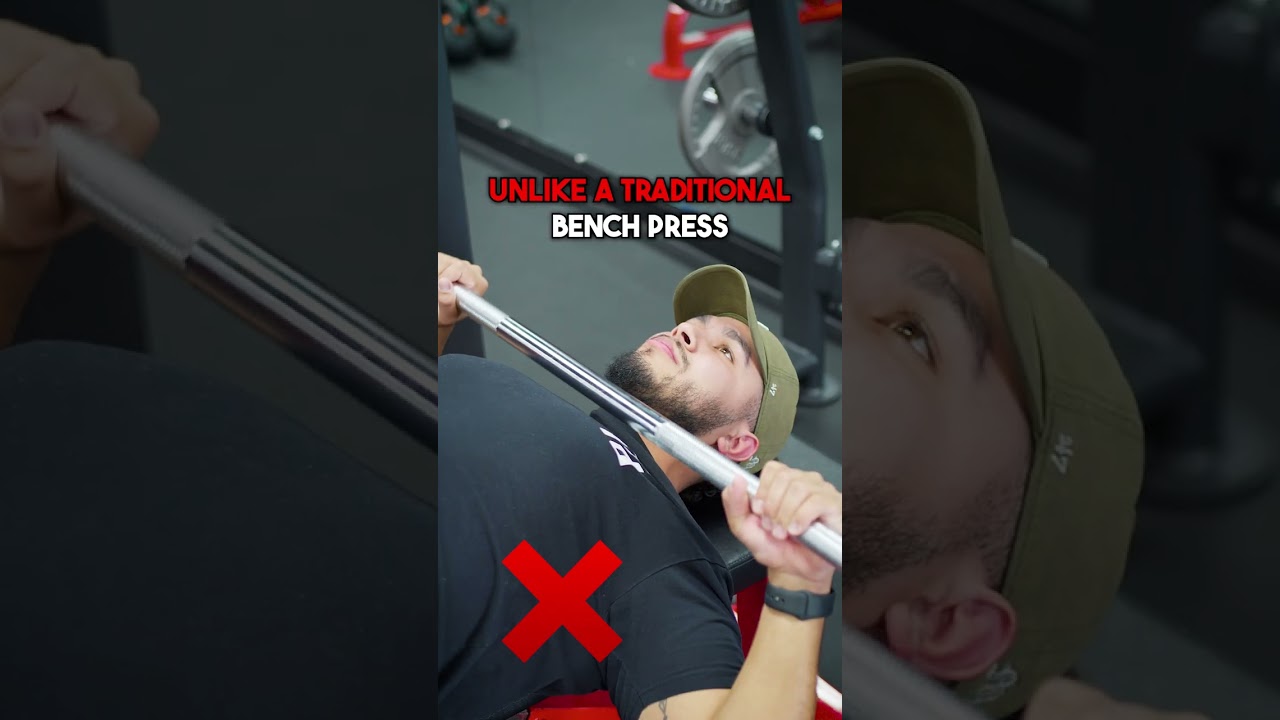


 (@jordan_mica)
(@jordan_mica)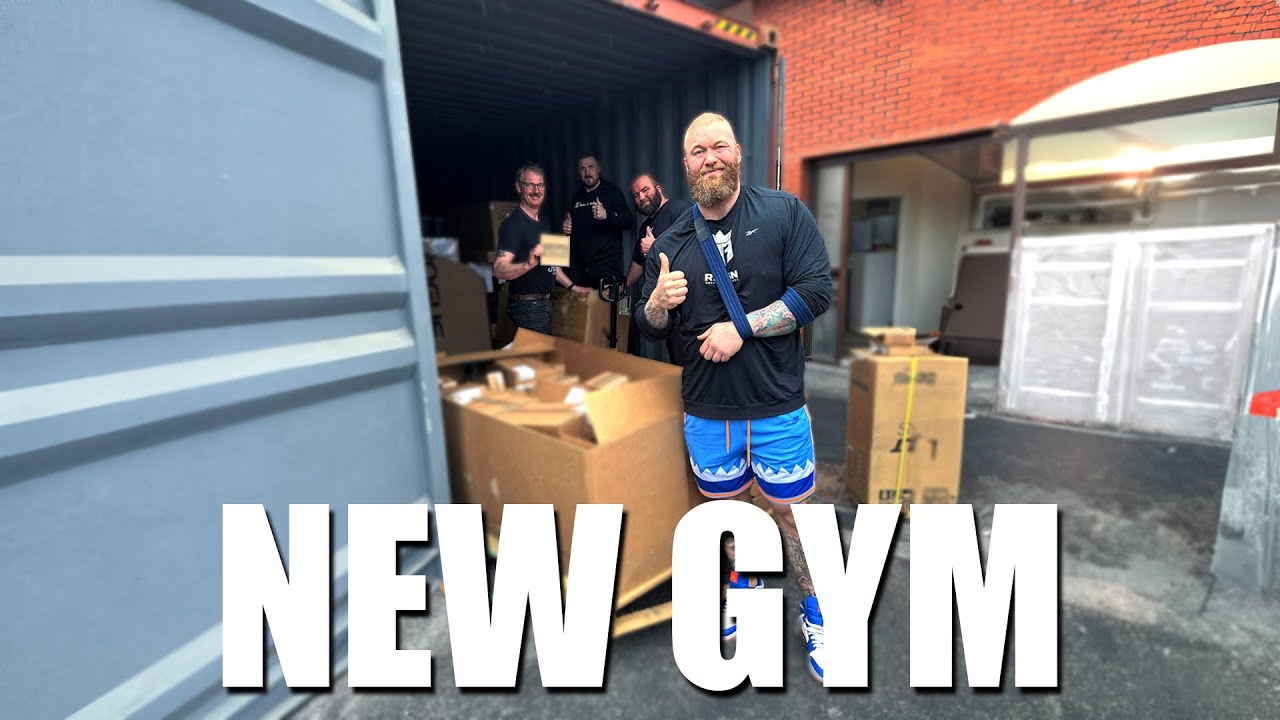




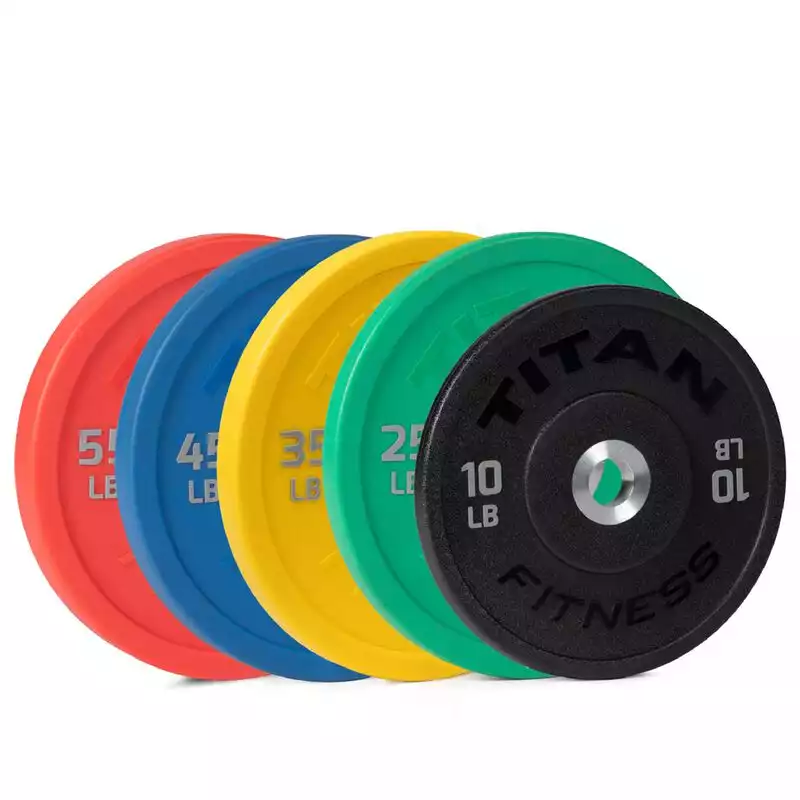
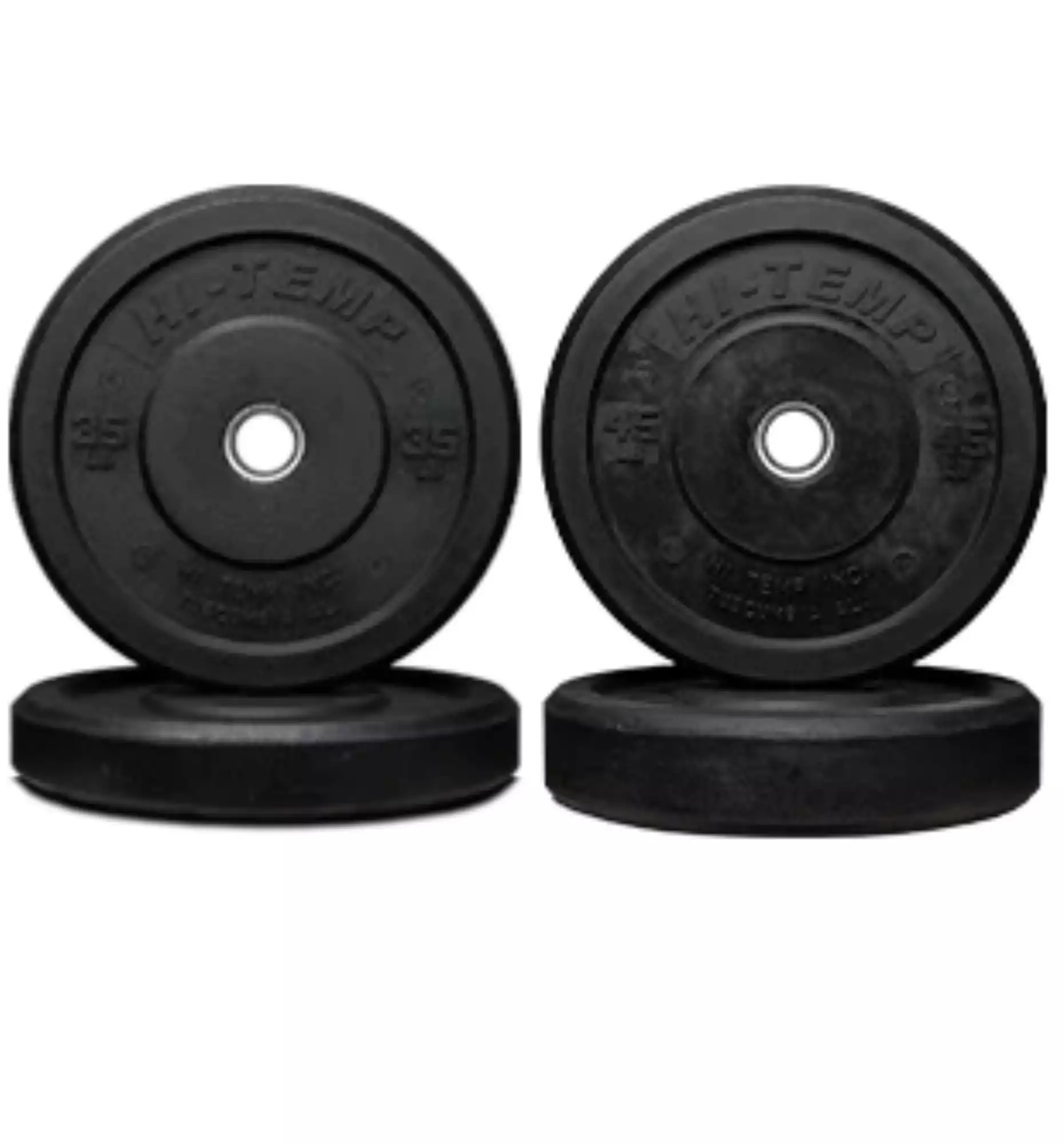
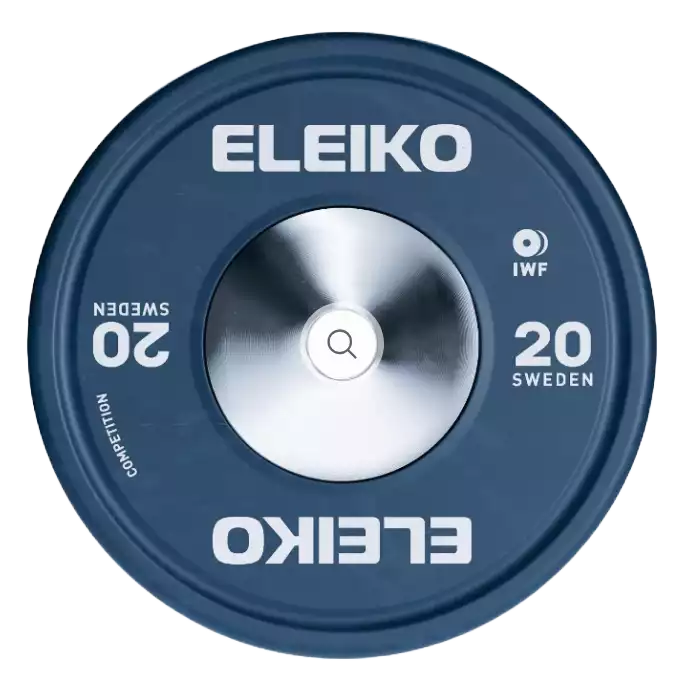
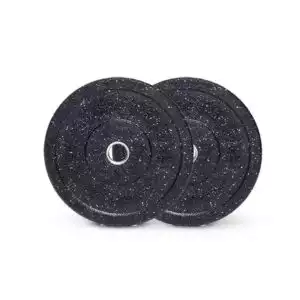

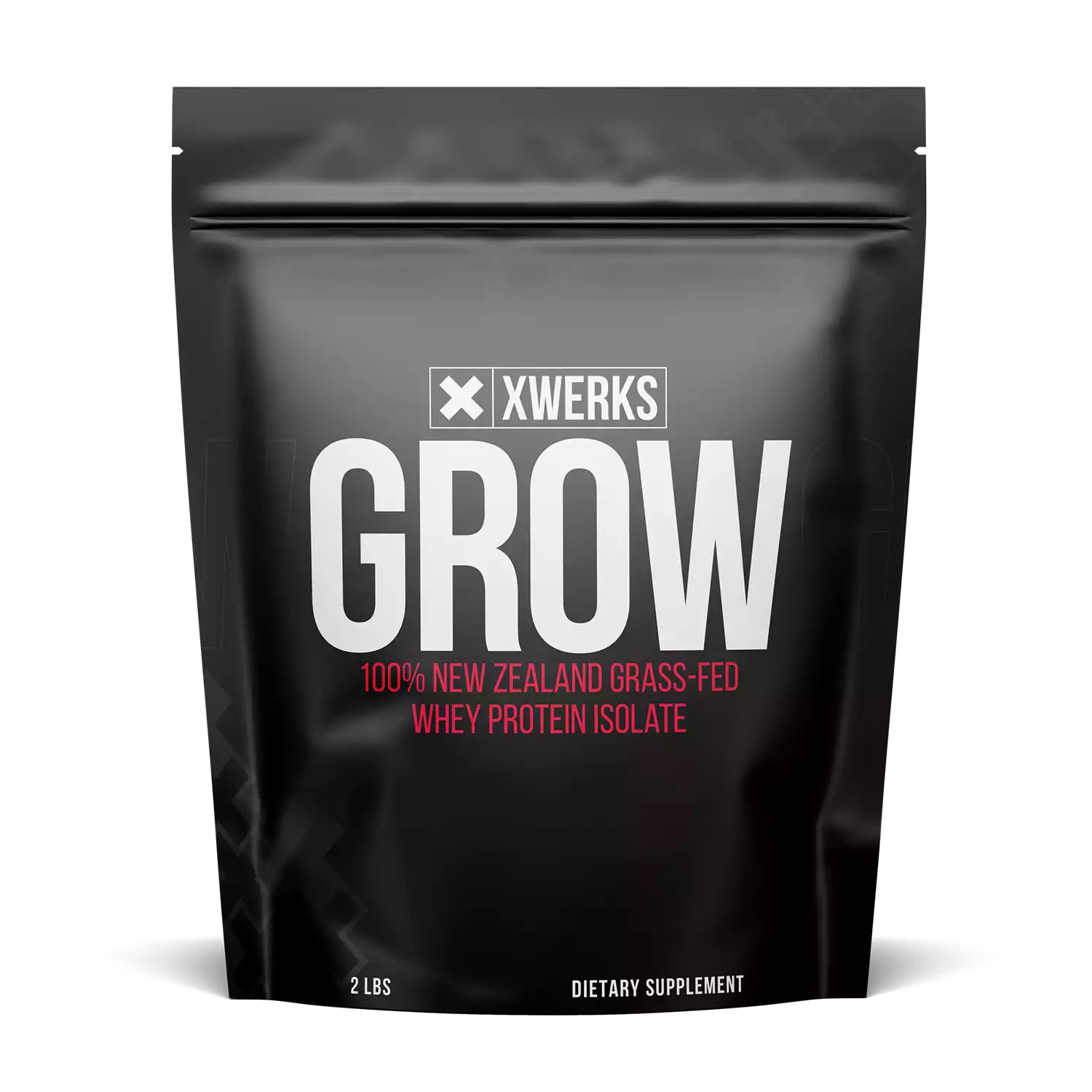
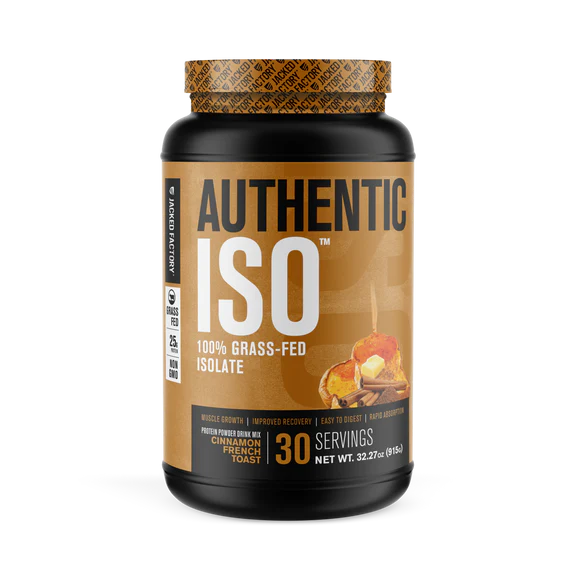
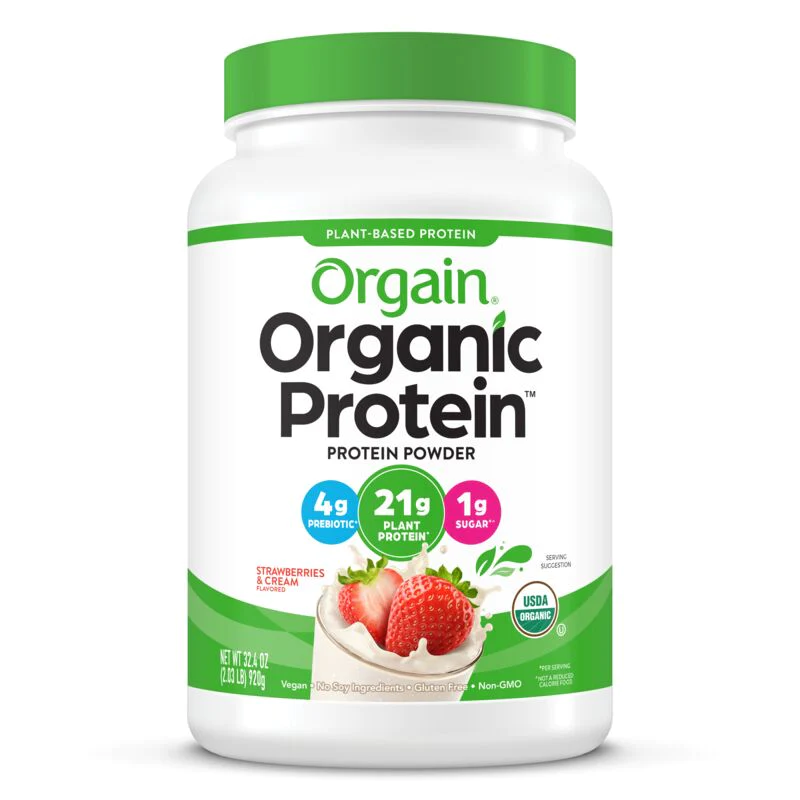
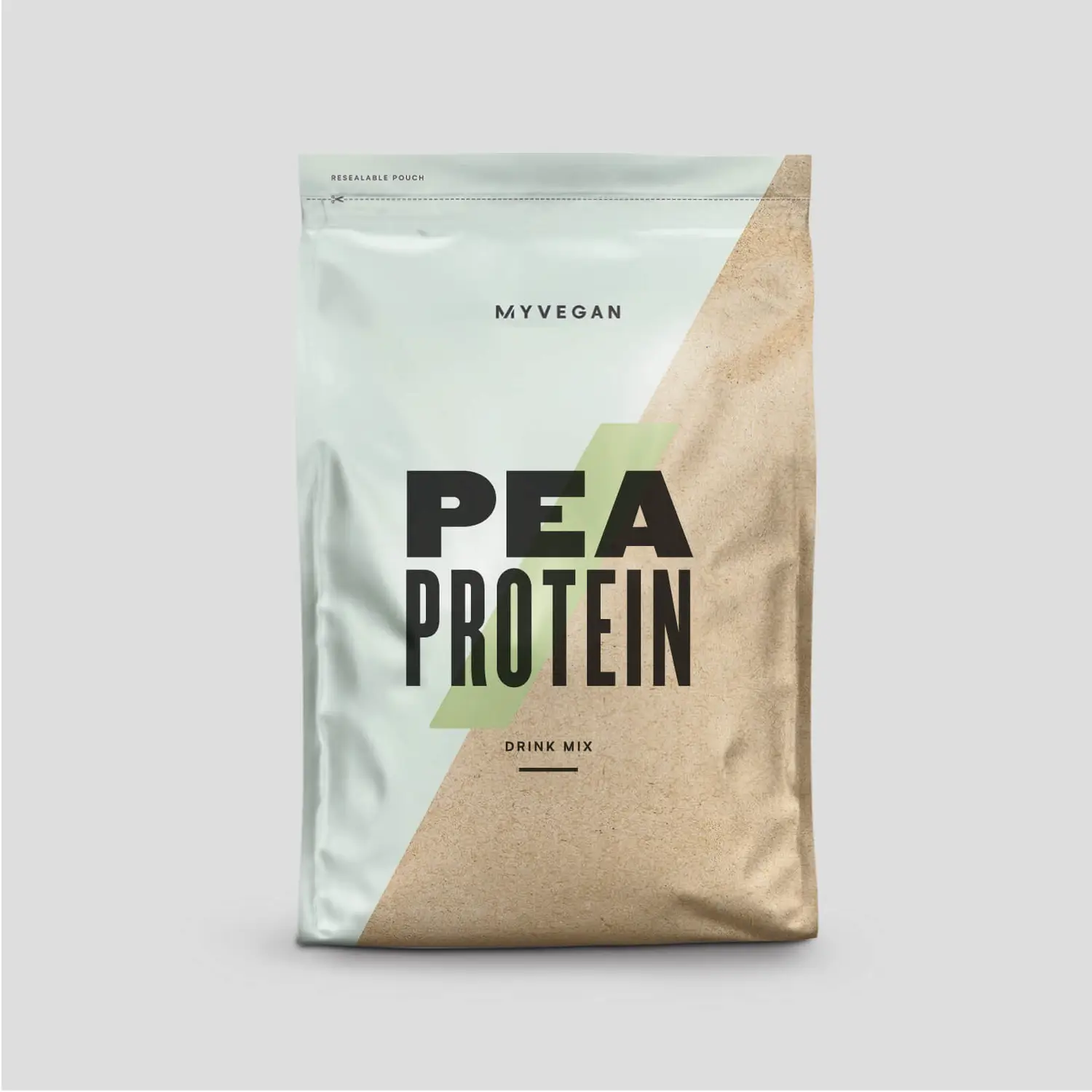
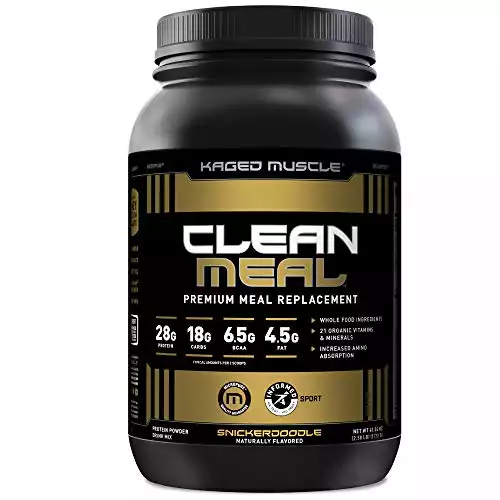

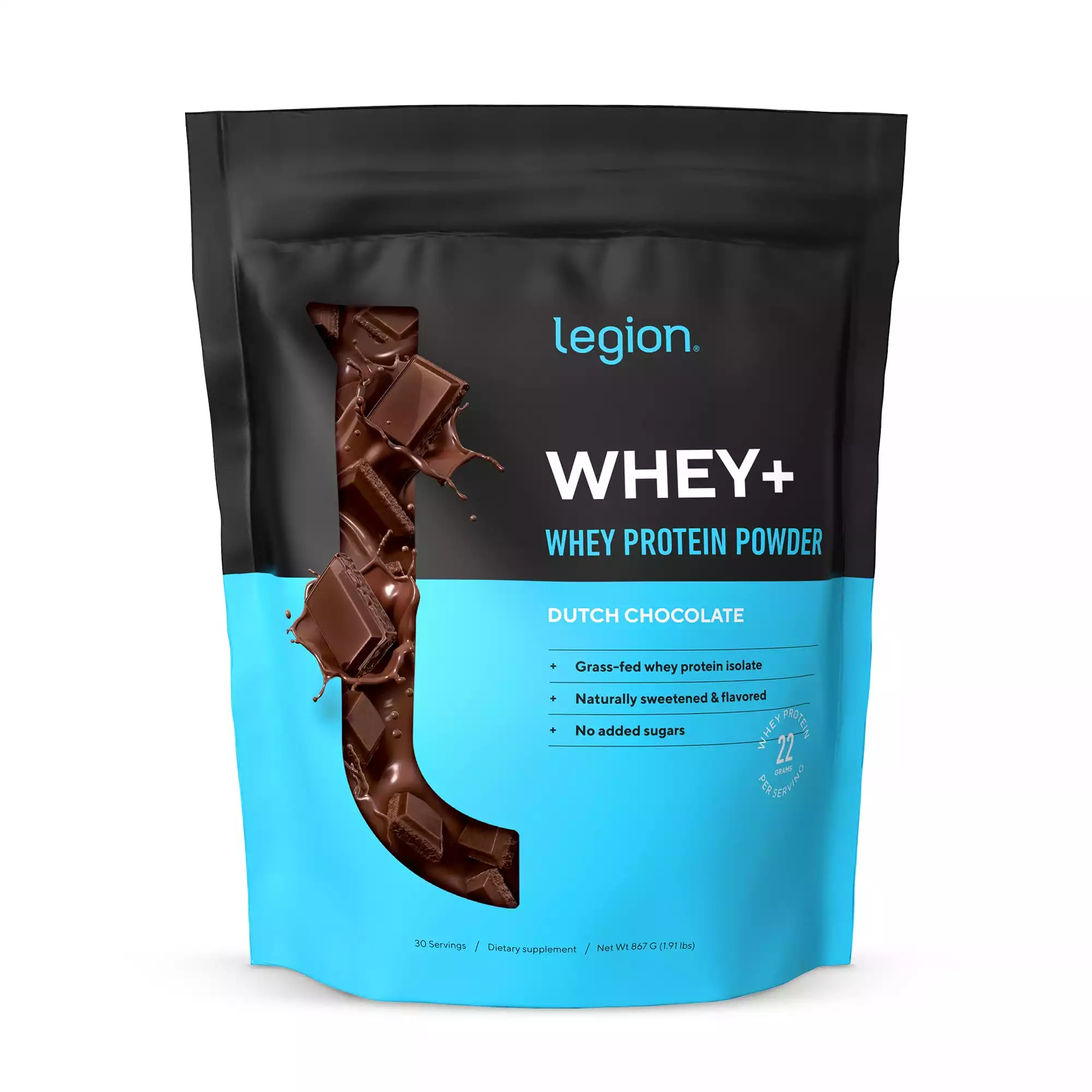
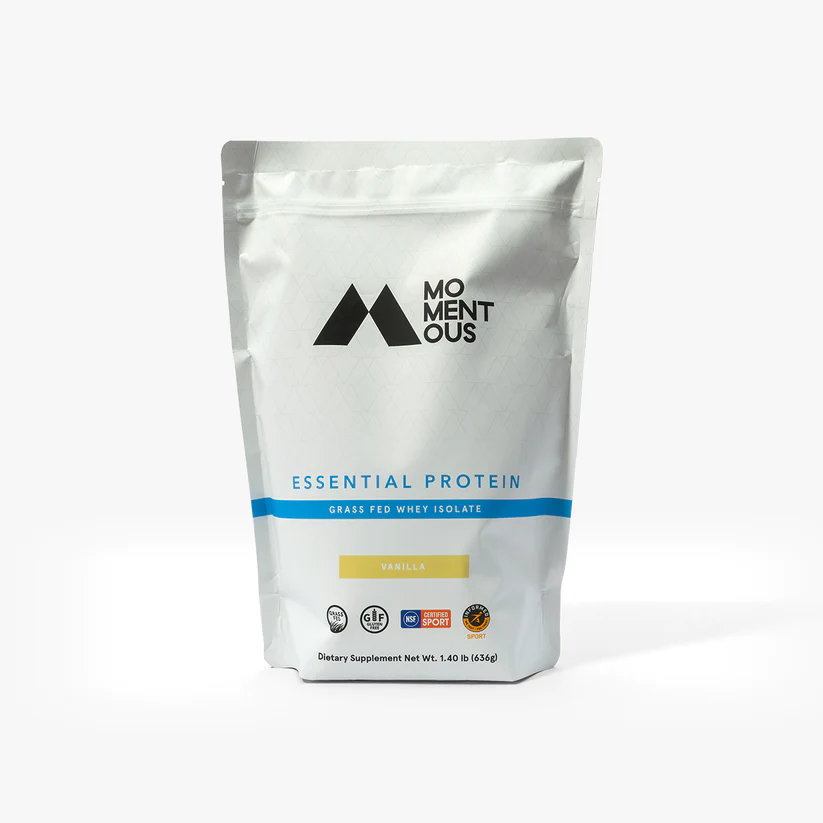

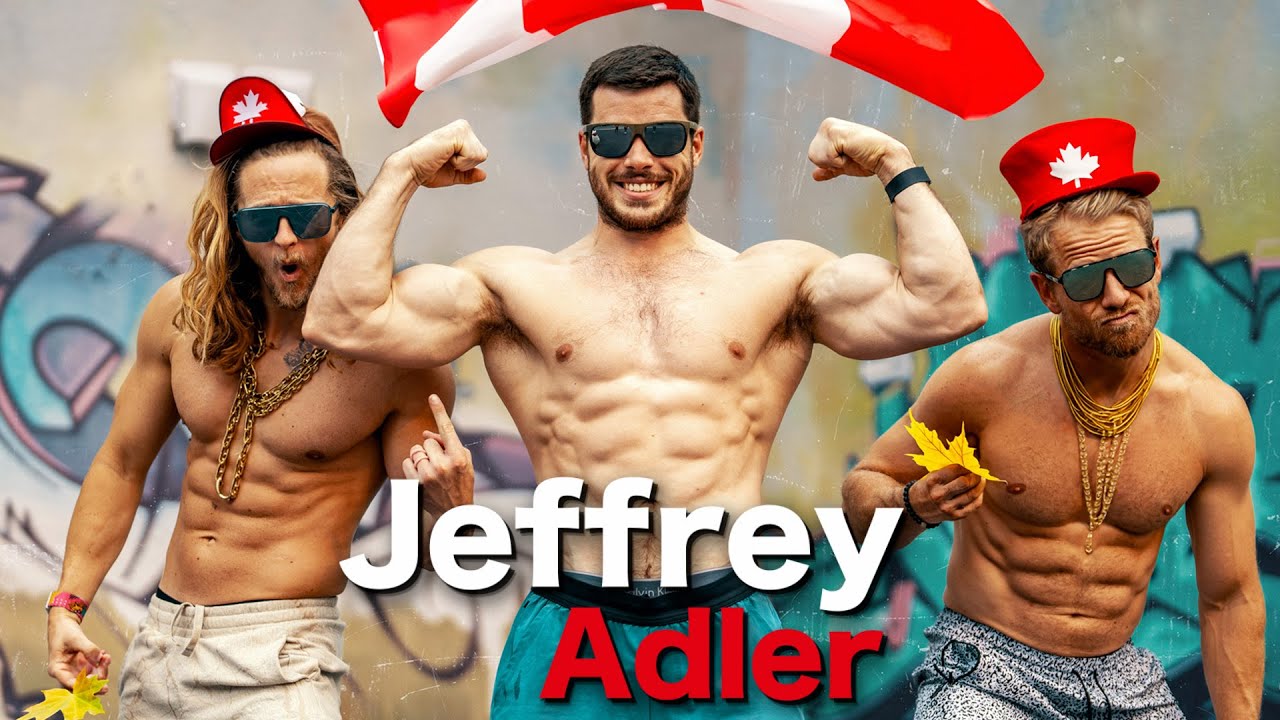
 For now classes are 6pm and 640pm at 2840 Wildwood st in the Boise Cloggers studio.
Book your class NOW!
click this ==>
For now classes are 6pm and 640pm at 2840 Wildwood st in the Boise Cloggers studio.
Book your class NOW!
click this ==>








